Adding espresso to brownies is like giving your favorite dessert a little caffeine kick, enhancing the chocolate flavor to create an even more decadent treat. The right amount of espresso can transform your brownies from good to absolutely unforgettable. Here’s an overview of how much espresso to add to brownies recipe and the optimal amount to use for the best results.
Overview of Incorporating Espresso into Brownie Recipes
Espresso brings out the natural bitterness of chocolate, balancing the sweetness and adding a rich, complex flavor. It’s a secret weapon that many bakers use to elevate their desserts. When adding espresso to brownies, it’s important to strike the right balance to avoid overpowering the chocolate flavor or making the brownies too bitter.
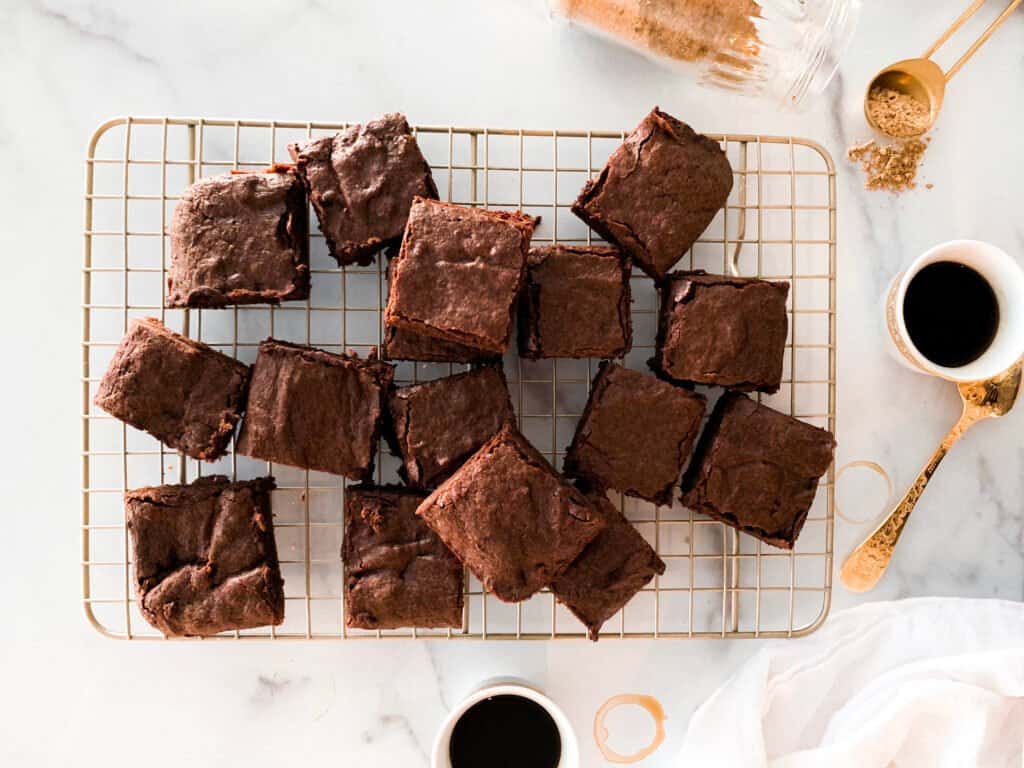
Optimal Amount of Espresso
- Instant Espresso Powder: For most standard brownie recipes (yielding about 16 brownies), 1 to 2 tablespoons of instant espresso powder is typically sufficient. This amount enhances the chocolate flavor without overwhelming the overall taste.
- Brewed Espresso: If using brewed espresso, 1/4 to 1/2 cup can be added to the batter. Reduce the liquid content in the recipe accordingly to maintain the proper consistency.
- Espresso Grounds: Finely ground espresso beans can also be used, with 1 to 2 tablespoons being the ideal amount. Ensure the grounds are very fine to avoid a gritty texture in the brownies.
Understanding Espresso and Its Impact on Baking
Espresso is a concentrated form of coffee, brewed by forcing a small amount of nearly boiling water through finely-ground coffee beans. This brewing method produces a rich, intense flavor and a thicker consistency compared to regular coffee. Here’s why espresso is such a powerful ingredient in baking, especially when it comes to enhancing chocolate flavors in brownies.
What is Espresso?
Espresso is the base for many popular coffee drinks like lattes, cappuccinos, and macchiatos. It’s known for its strong flavor, creamy texture, and a layer of foam called crema on top. The concentration of coffee in espresso is much higher than in regular drip coffee, which makes it a potent ingredient in recipes.
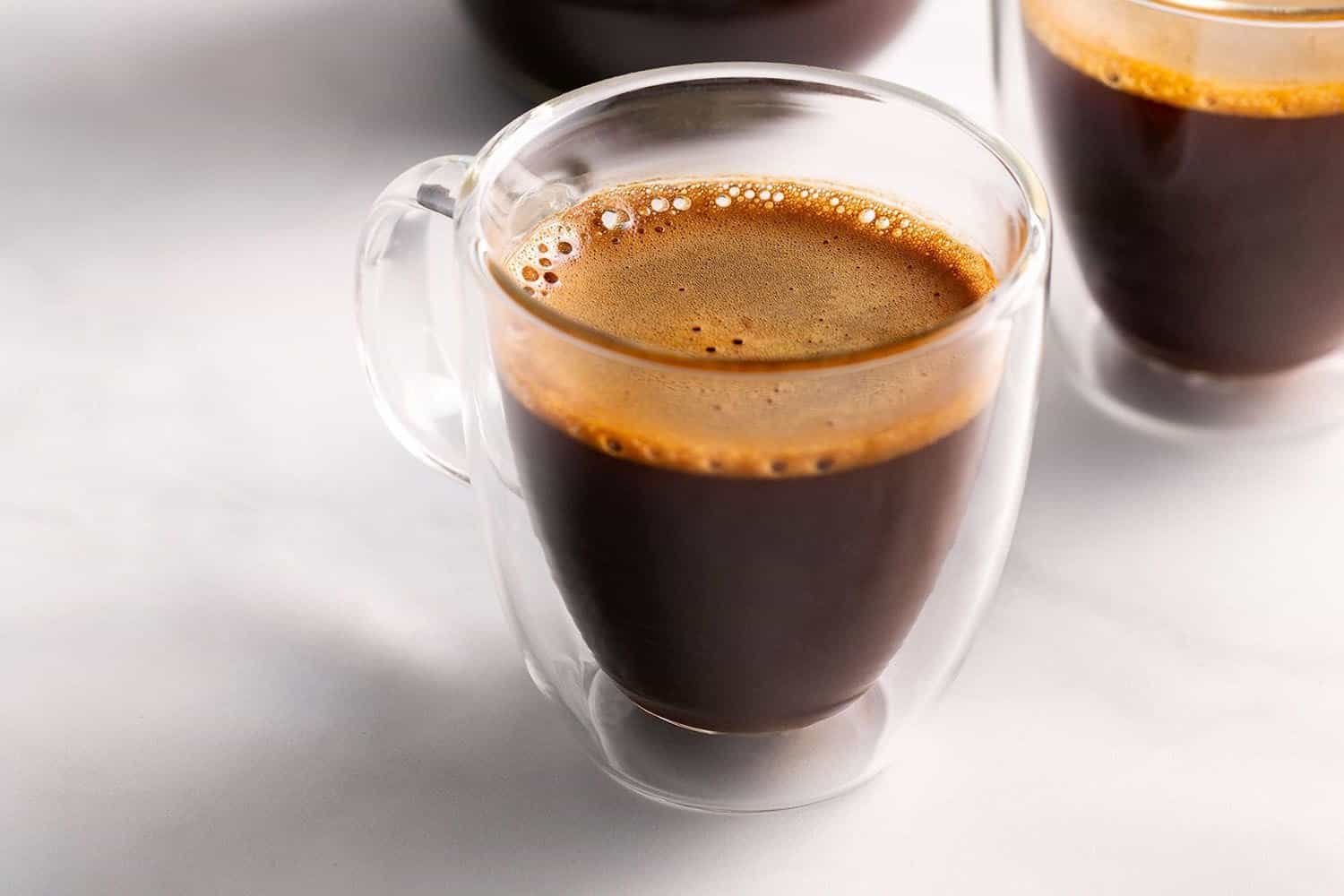
Characteristics of Espresso
- Richness: Espresso has a deep, robust flavor that stands out even when mixed with other strong flavors.
- Bitterness: The natural bitterness of espresso complements sweet ingredients, creating a balanced taste.
- Concentration: A little goes a long way; a small amount of espresso can significantly influence the flavor profile of baked goods.
Why Use Espresso in Baking?
- Flavor Enhancement: Espresso amplifies the natural flavors of chocolate, making them more pronounced and rich. It works by enhancing the cocoa notes and adding depth to the overall taste.
- Bitterness Balance: The bitterness of espresso balances the sweetness of brownies, preventing them from being overly sugary. This balance results in a more complex and enjoyable flavor.
- Moisture and Texture: When using brewed espresso, it can add a slight amount of moisture to the batter, contributing to a fudgier texture in brownies. This is especially beneficial in recipes aiming for a gooey, rich consistency.

Types of Espresso You Can Use
When it comes to incorporating espresso into your brownie recipes, you have several options to choose from. Each type of espresso brings its own unique characteristics to the table, so let’s explore the different forms and determine which ones are best suited for baking.
Ground Espresso
Ground espresso is finely ground coffee beans, usually intended for use in an espresso machine. The grind size is much finer than that used for drip coffee.
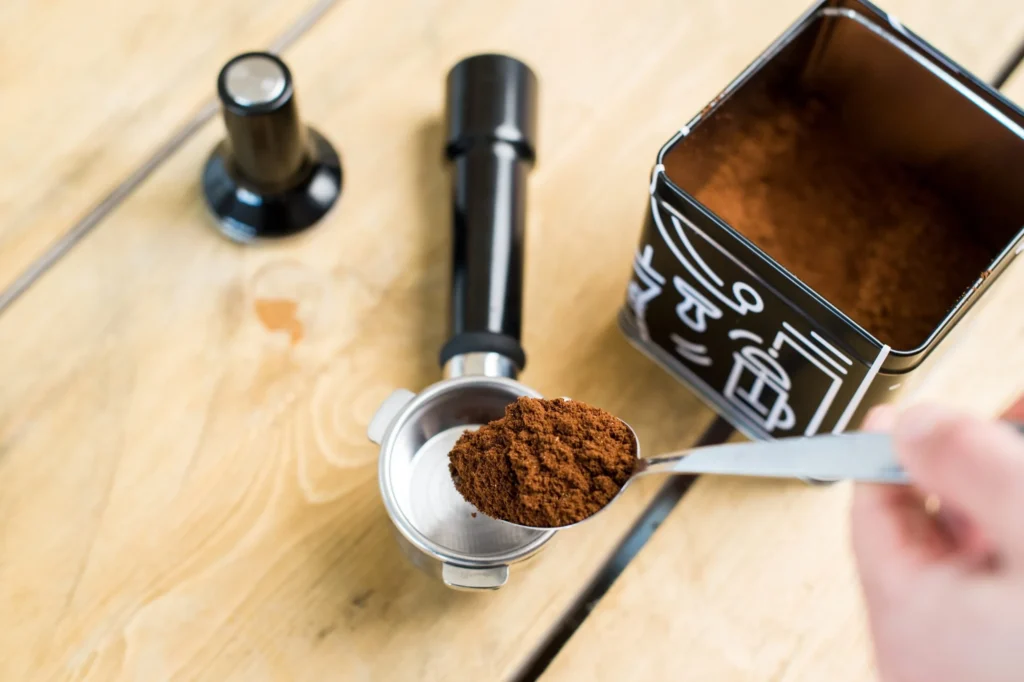
Best Suited For:
- Adding a robust coffee flavor to your brownies without altering the moisture content.
- Ensuring a smooth texture by using finely ground espresso to avoid any grittiness.
Usage Tips:
- Use 1 to 2 tablespoons of finely ground espresso beans.
- Ensure the grounds are very fine to blend seamlessly into the batter.
Instant Espresso Powder
Instant espresso powder is made from brewed espresso that has been dehydrated into a powder form. It dissolves easily in liquids, making it very convenient for baking.

Best Suited For:
- Quick and easy incorporation into brownie batter without the need for brewing.
- Enhancing chocolate flavor efficiently and evenly.
Usage Tips:
- Add 1 to 2 tablespoons directly to the dry ingredients.
- Mix thoroughly to ensure it’s evenly distributed.
Liquid Brewed Espresso
Liquid brewed espresso is the traditional espresso made using an espresso machine or a stovetop espresso maker. It adds both flavor and moisture to the recipe.
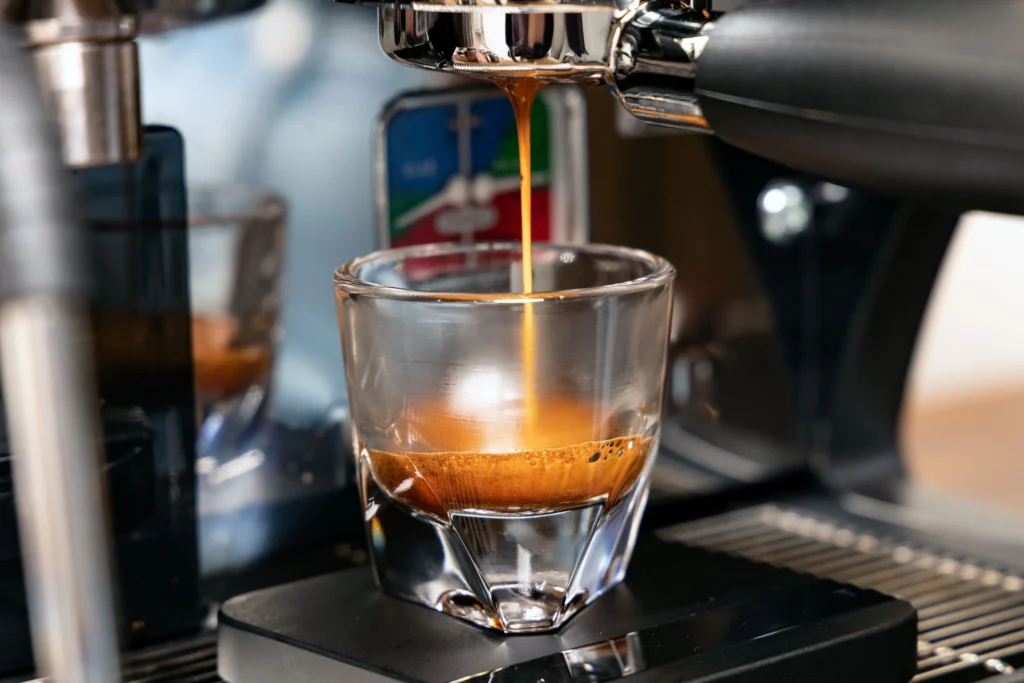
Best Suited For:
- Recipes where a slight increase in liquid content can be accommodated.
- Adding a strong espresso flavor with a bit of extra moisture for a fudgier texture.
Usage Tips:
- Use 1/4 to 1/2 cup of brewed espresso.
- Adjust other liquid ingredients in the recipe to maintain the right batter consistency.
Espresso Pods or Capsules
Espresso pods or capsules are pre-measured doses of coffee used in specific espresso machines. They are convenient but less flexible in terms of quantity adjustment.

Best Suited For:
- Home bakers who use pod-based machines and want consistency in flavor.
- Quick preparation without measuring ground coffee.
Usage Tips:
- Brew a shot or two of espresso and use it as liquid brewed espresso in the recipe.
- Adjust other liquids accordingly to balance the batter.
Determining the Right Amount of Espresso
Incorporating espresso into your brownie recipe is all about finding the perfect balance to achieve your desired intensity of coffee flavor. Here are some guidelines to help you determine how much espresso to add, considering both the size of the brownie batch and the strength of the espresso.

For Standard Brownie Recipes (Yielding 16 Brownies):
- Instant Espresso Powder: Add 1 to 2 tablespoons. Start with 1 tablespoon for a subtle flavor and increase to 2 tablespoons for a more pronounced coffee taste.
- Brewed Espresso: Use 1/4 to 1/2 cup. Adjust other liquids in the recipe to maintain the right batter consistency. Start with 1/4 cup and taste the batter before deciding to add more.
- Ground Espresso: Add 1 to 2 tablespoons of finely ground espresso. Ensure the grounds are very fine to blend well with the batter.
For Larger Batches (Yielding 32 Brownies):
- Instant Espresso Powder: Use 2 to 4 tablespoons, adjusting based on desired flavor intensity.
- Brewed Espresso: Use 1/2 to 1 cup, making sure to balance the liquid ratio.
- Ground Espresso: Use 2 to 4 tablespoons of finely ground espresso.
Adjustments for Espresso Strength
Espresso can vary in strength, from regular to robust, which will impact the flavor intensity of your brownies. Here’s how to adjust the amount based on the strength:
Regular Strength Espresso:
- Instant Espresso Powder: Use the standard guidelines above (1 to 2 tablespoons for a standard batch, 2 to 4 tablespoons for a larger batch).
- Brewed Espresso: Stick to 1/4 to 1/2 cup for a standard batch, and 1/2 to 1 cup for a larger batch.
- Ground Espresso: Follow the standard 1 to 2 tablespoons for a standard batch, 2 to 4 tablespoons for a larger batch.
Robust/Strong Espresso:
- Instant Espresso Powder: Start with half the recommended amount (1/2 to 1 tablespoon for a standard batch, 1 to 2 tablespoons for a larger batch) and adjust to taste.
- Brewed Espresso: Use 1/8 to 1/4 cup for a standard batch, and 1/4 to 1/2 cup for a larger batch. Taste the batter before adding more.
- Ground Espresso: Use 1/2 to 1 tablespoon for a standard batch, and 1 to 2 tablespoons for a larger batch.
Impact on Brownies’ Flavor
- Subtle Coffee Flavor: Use the lower end of the recommended amounts. This will enhance the chocolate flavor without making the coffee taste too prominent.
- Pronounced Coffee Flavor: Use the higher end of the recommended amounts. This will give your brownies a more distinct coffee taste, perfect for coffee lovers.
Recipe: Espresso-Infused Brownies
Let’s dive into a delicious recipe for making espresso-infused brownies that will delight any chocolate and coffee lover. This step-by-step guide includes the ingredient list, preparation steps, and some baking tips to ensure perfect brownies every time.
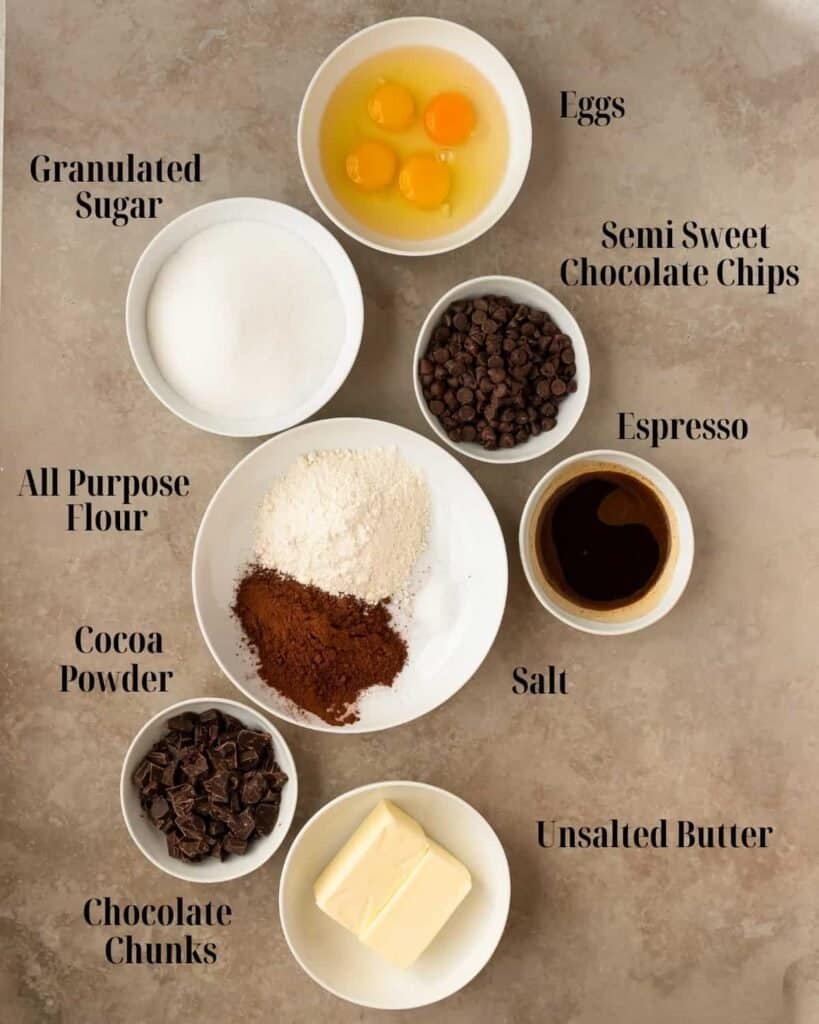
Ingredient List
- 1 cup (2 sticks) unsalted butter
- 2 cups granulated sugar
- 4 large eggs
- 1 teaspoon vanilla extract
- 1 cup all-purpose flour
- 1 cup unsweetened cocoa powder
- 1/2 teaspoon salt
- 1 to 2 tablespoons instant espresso powder (adjust based on desired flavor intensity)
- 1 cup chocolate chips (optional)
Preparation Steps
- Preheat the Oven: Preheat your oven to 350°F (175°C). Grease a 9×13-inch baking pan or line it with parchment paper for easy removal.
- Melt the Butter: In a medium saucepan over medium heat, melt the butter. Remove from heat and let it cool slightly.
- Mix Wet Ingredients: In a large mixing bowl, combine the melted butter and sugar. Beat in the eggs, one at a time, ensuring each is fully incorporated before adding the next. Stir in the vanilla extract.
- Combine Dry Ingredients: In a separate bowl, whisk together the flour, cocoa powder, salt, and instant espresso powder. Ensure the dry ingredients are well mixed to avoid any lumps.
- Mix Wet and Dry Ingredients: Gradually add the dry ingredients to the wet mixture, stirring until just combined. Do not overmix. If you’re adding chocolate chips, fold them in gently at this stage.
- Pour into Pan: Pour the batter into the prepared baking pan, spreading it evenly with a spatula.
- Bake: Bake in the preheated oven for 25-30 minutes, or until a toothpick inserted into the center comes out with a few moist crumbs. Do not overbake, as you want the brownies to be fudgy.
- Cool and Serve: Allow the brownies to cool in the pan on a wire rack before cutting into squares. Enjoy your espresso-infused brownies with a cup of coffee or a glass of milk.
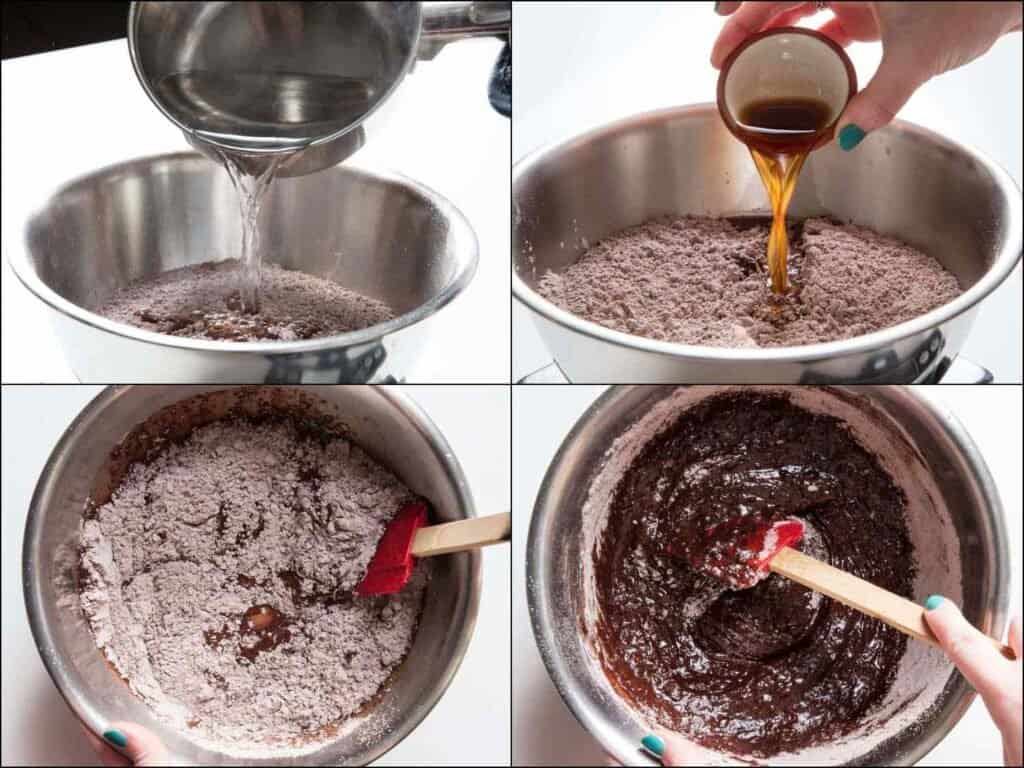
Tips for Perfect Espresso Brownies
Achieving the perfect texture and flavor in your espresso brownies involves a few extra tips and tricks. Here’s how to elevate your brownies from good to great.
Mixing Techniques
- Don’t Overmix: When combining wet and dry ingredients, mix just until incorporated. Overmixing can lead to tough, dry brownies.
- Fold Ingredients: If adding chocolate chips or nuts, fold them in gently to avoid overworking the batter.
Baking Temperatures
- Monitor Oven Temperature: Ensure your oven is properly preheated and maintains a steady temperature. An oven thermometer can help you achieve this.
- Check Early: Start checking your brownies a few minutes before the recommended baking time. Every oven is different, and overbaking can result in dry brownies.
Enhancing Flavor and Texture
- Add Extra Chocolate: For an extra indulgent treat, add chunks of dark chocolate or a swirl of chocolate ganache on top before baking.
- Sprinkle with Sea Salt: A light sprinkle of flaky sea salt on top of the brownies before baking can enhance the flavors and add a delightful contrast.
Storage Tips
- Keep Moisture: Store brownies in an airtight container at room temperature for up to 4 days. To maintain their fudgy texture, place a slice of bread in the container; it helps keep the brownies moist.
- Freezing: Espresso brownies freeze well. Wrap individual squares in plastic wrap and store in a freezer-safe bag for up to 3 months. Thaw at room temperature before serving.
Pairing and Serving Suggestions
Espresso brownies are a versatile treat that can be enjoyed in various settings and paired with a range of foods and beverages to enhance the experience. Here are some serving suggestions to elevate your espresso brownies for different occasions.

Perfect Pairings
- Coffee: Naturally, espresso brownies pair wonderfully with a cup of coffee. Whether it’s a strong black coffee or a creamy latte, the combination of coffee flavors enhances the richness of the brownies.
- Milk: A classic pairing, a cold glass of milk complements the fudgy texture and intense chocolate flavor of espresso brownies, providing a refreshing contrast.
- Ice Cream: Serve warm espresso brownies with a scoop of vanilla or coffee ice cream. The hot and cold combination is irresistible and adds an extra layer of indulgence.
- Fruit: Fresh berries, such as raspberries or strawberries, add a burst of freshness and acidity that balances the sweetness of the brownies. A berry compote can also be a delightful topping.
- Wine: For an adult twist, pair espresso brownies with a glass of red wine, such as a robust Cabernet Sauvignon or a fruity Zinfandel. The wine’s tannins and fruity notes complement the chocolate.
- Cheese: Surprisingly, a mild, creamy cheese like mascarpone or ricotta can pair well with espresso brownies. Spread a thin layer on top or serve on the side for a sophisticated dessert.
Serving Ideas
Brownie Sundaes: Top your espresso brownies with ice cream, whipped cream, and a drizzle of chocolate or caramel sauce. Add nuts or sprinkles for extra texture.
Brownie Bites: Cut brownies into bite-sized pieces and serve them on a platter for parties or gatherings. These are perfect for guests to enjoy a small, flavorful treat.
Layered Desserts: Use espresso brownies as a base layer in trifles or parfaits, combined with layers of cream, fruit, and other complementary flavors.
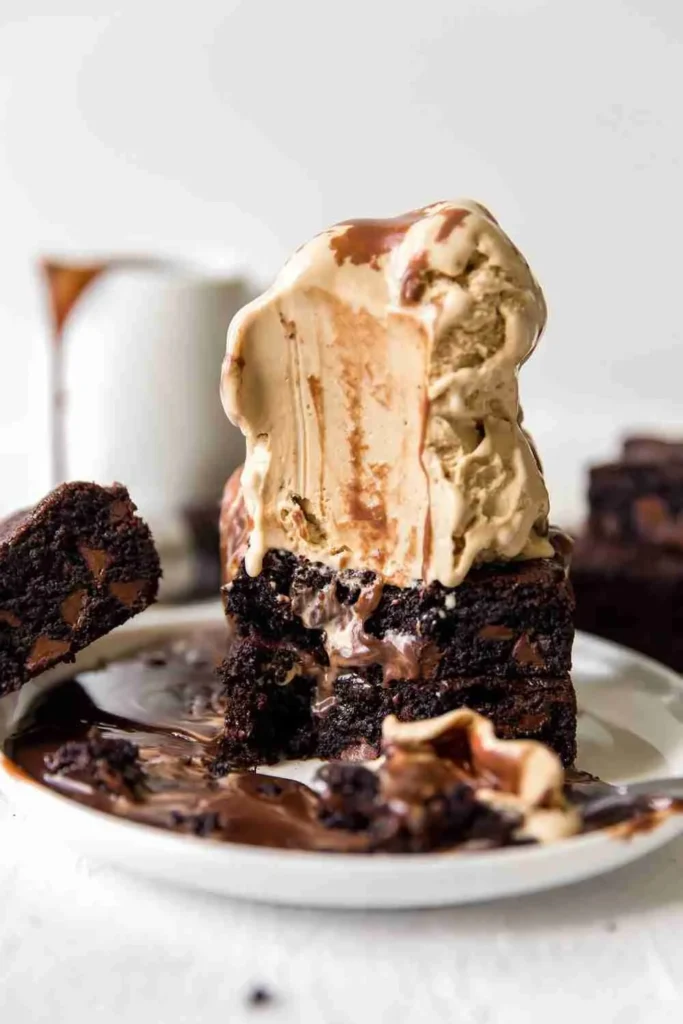
Storing Espresso Brownies
To maintain the freshness and flavor of your espresso brownies, follow these best practices for storage.
Room Temperature
- Airtight Container: Store brownies in an airtight container at room temperature. This helps keep them moist and prevents them from drying out.
- Add Bread Slice: Place a slice of bread in the container with the brownies. The bread will absorb any excess air moisture, keeping the brownies soft and fudgy.
- Shelf Life: Brownies stored at room temperature can stay fresh for up to 4 days.
Refrigeration
- Wrapped Tightly: If you prefer to refrigerate your brownies, wrap them tightly in plastic wrap or aluminum foil before placing them in an airtight container. This prevents them from drying out.
- Flavor Preservation: Refrigerated brownies can last up to a week, but bring them to room temperature before serving to enjoy their best texture and flavor.
Freezing
- Individual Portions: For longer storage, wrap individual brownie squares in plastic wrap and then place them in a freezer-safe bag or container. This allows you to thaw only what you need.
- Label and Date: Don’t forget to label the container with the date. Brownies can be frozen for up to 3 months.
- Thawing: To thaw, remove the brownies from the freezer and let them sit at room temperature or heat them briefly in the microwave for a warm treat.
isclosure: Our blog contains affiliate links to products. We may receive a commission for purchases made through these links. However, this does not impact our reviews and comparisons. We try our best to keep things fair and balanced, in order to help you make the best choice for you.

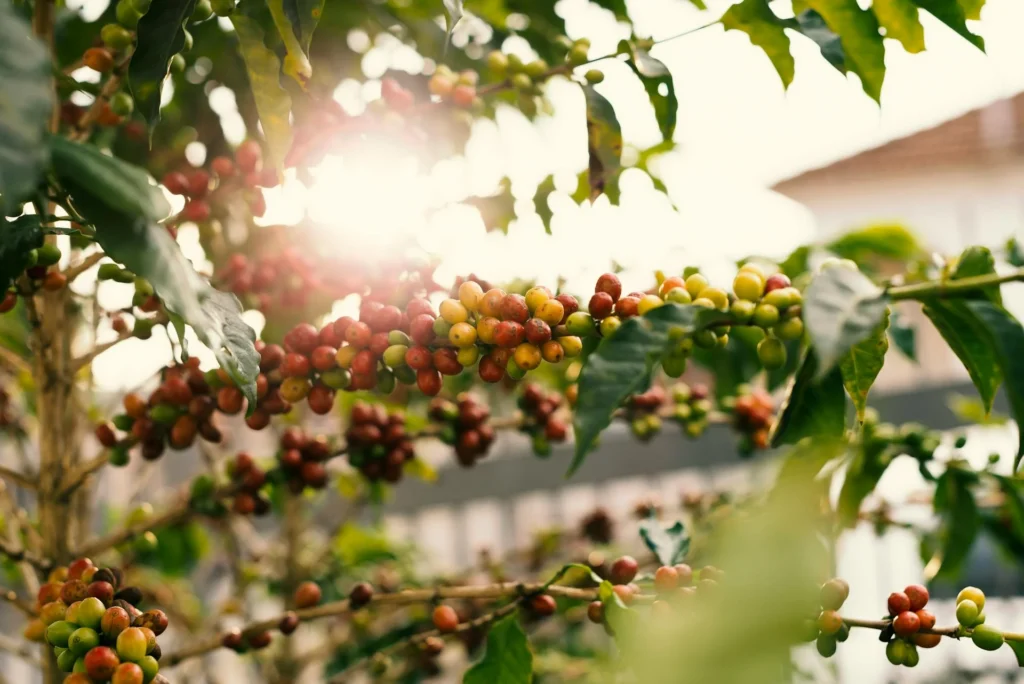
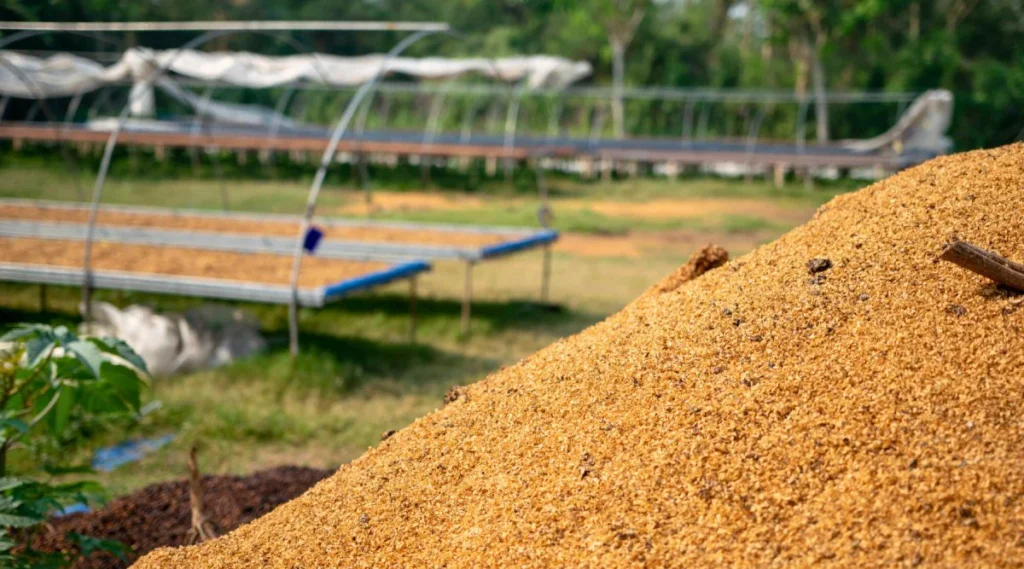

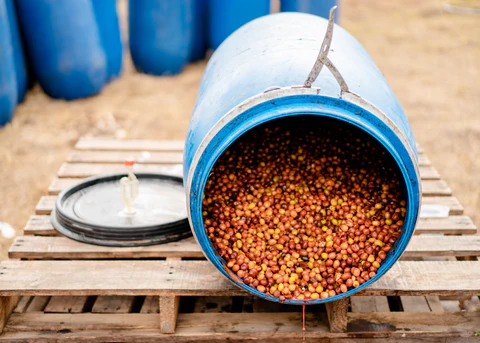

One Response